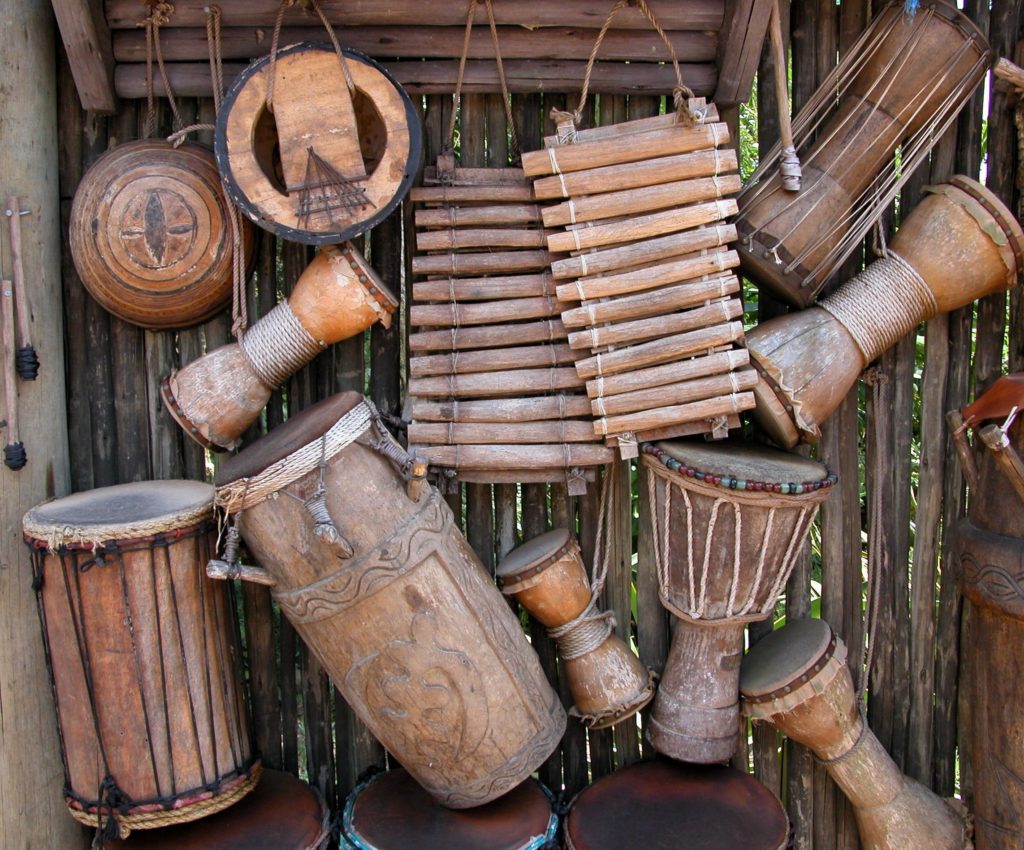Aesthetic traditions in music
Modern music is defined by the dismantling of previous aesthetic traditions, allowing for unrestricted aesthetic flexibility in melody, rhythm, and chord progression (and modern art in general). Many composers abandoned the Wagnerian major-minor tonality paradigm (see Tonality ). Even "music" has been redefined. Transparency and the low cost of sharing music recordings and scores are major factors in the current music revolution and eclectic taste in music. The vast Western art music collection has become more accessible. Notated and recorded works of non-Western music became readily available, exposing Western composers to a wealth of foreign musical ideas. I484-86 Composers also got a new "tool" in the shape of recorded sounds that could be modified in endless ways. Electronic noises arose as audio technology advanced. Many composers later determined that "noise" is music. As a result of the composer not expressly defining some features of a work (for example, instrumentation, melody, and dynamics), each performance is unique. A composition might ask a player to interpret anything or roll a die to choose from a list of melodies.

New Music Families
Pre-modern music (and art) can be divided into two categories. Folk music was created by cultures all over the world, whilst art music was created by a small handful of professional composers. Music is casual and informal, while art music is elevated and formal, with a complex structure/theory. This simplistic structure and the and informal nature of folk music led to a new family of music spawned by modern mass media (communication technologies that quickly reach large numbers of people). However, under the hands of professional composers, popular music evolves rapidly (because to quick media distribution) rather than gradually inside a culture (like art music). In the United States, two folk traditions merged to form popular music. Both were influenced by British folk music (introduced to colonial America) and African music (brought to America by millions of slaves).

Popular music genres
Most popular music genres stem from the marriage of Western major-minor tonality with African rhythms. I541-47 Film music originated as a result of mass media. Major-minor tonality is used in film music because it allows for strong emotional expression. Film music is the only genre of art music that has ever had a large audience; other art music (especially modern art music, which is often difficult to obtain) has a far smaller audience.
What is Atonality in Music?
Atonal music, which lacks a tonal core, was a late modern innovation (ca. 1900-60). This was a unique idea; tonality is prevalent in all pre-modern musical traditions. Tonality dominated Western art music from the Baroque to the Romantic eras (see Tonality). Late Romantic music's profusion of chromaticism led to atonality. Chronism is the use of notes outside the scale of a work. The inclusion of any notes that aren't part of the C major scale (for example, F sharp) is referred to as chromaticism. Chromaticism is common in Baroque and Classical music, but it was elevated in Romantic music. When chromaticism is strong, it obscures the tonal core. To attain "full chromaticism," all twelve octave notes are equal and no scale remains. Atonal music lacks a tonal center and so lacks a tonal center.